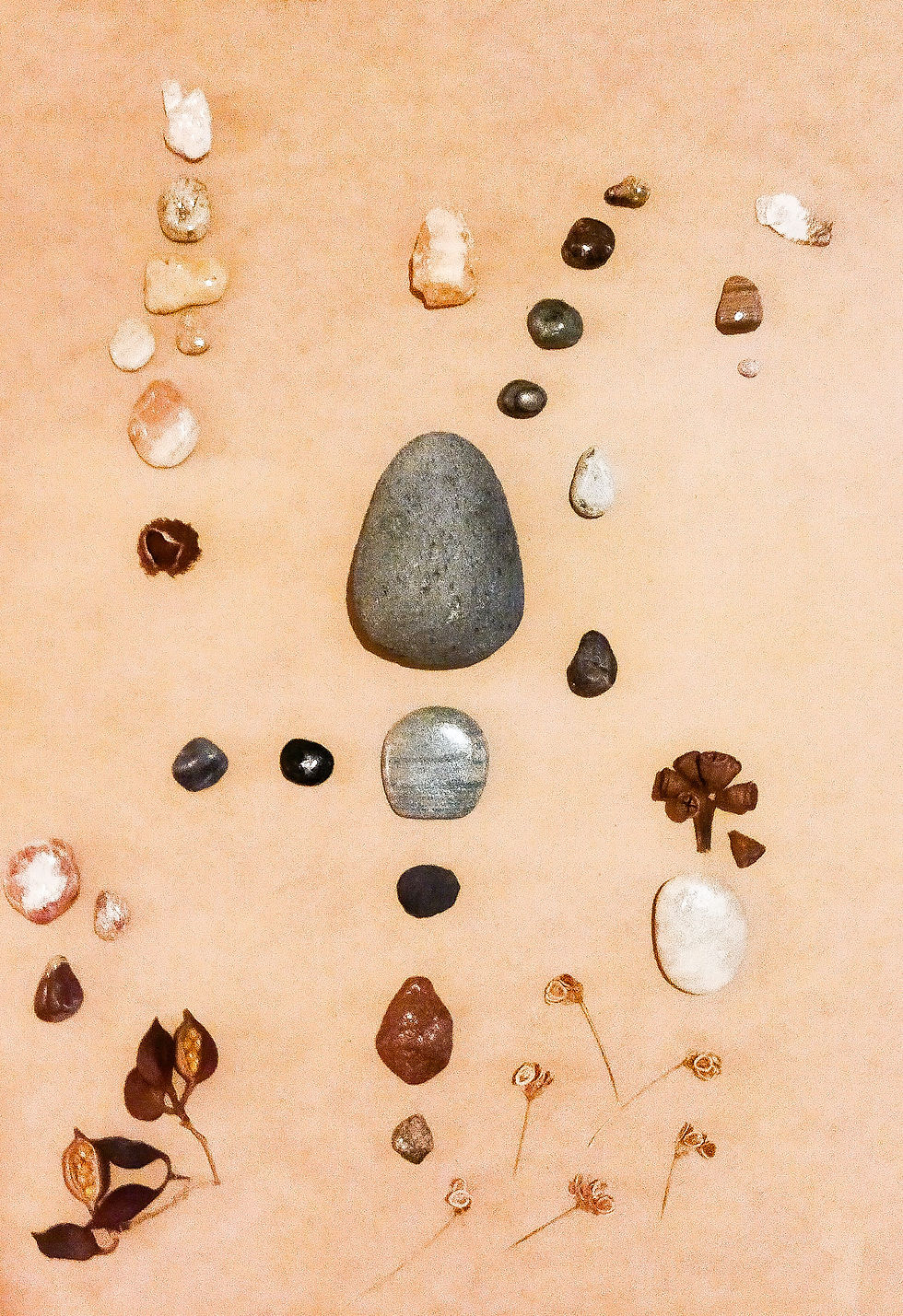Mourning as a collective ritual
- Eleanna Grigoriou
- Jul 30, 2020
- 1 min read
Updated: Aug 7, 2020
Τhe mourning traditions of earlier cultures prescribed precise patterns of behavior that facilitated the public expression of grief and provided support for the bereaved. In addition, they emphasized continued maintenance of personal bonds with the dead
During the Middle Ages in Europe, the death event was a public ritual. It involved specific preparations, the presence of family, friends and neighbors, as well as music, food, drinks and games. The social aspect of these customs kept death public and “tame” through the enactment of familiar ceremonies that comforted mourners.
Grief was expressed in an open and unrestrained way that was cathartic and communally shared, very much in contrast with the modern emphasis on controlling one’s emotions and keeping grief private.
In various cultures the outpouring of emotion was not only required but performed ceremonially, in the form of ritualized weeping accompanied by wailing and shrieking. For example, traditions of the “death wail,” which allowed people to cry their grief aloud, have been documented among the ancient Celts. They exist today among various indigenous peoples of Africa, South America, Asia and Australia.





Comments